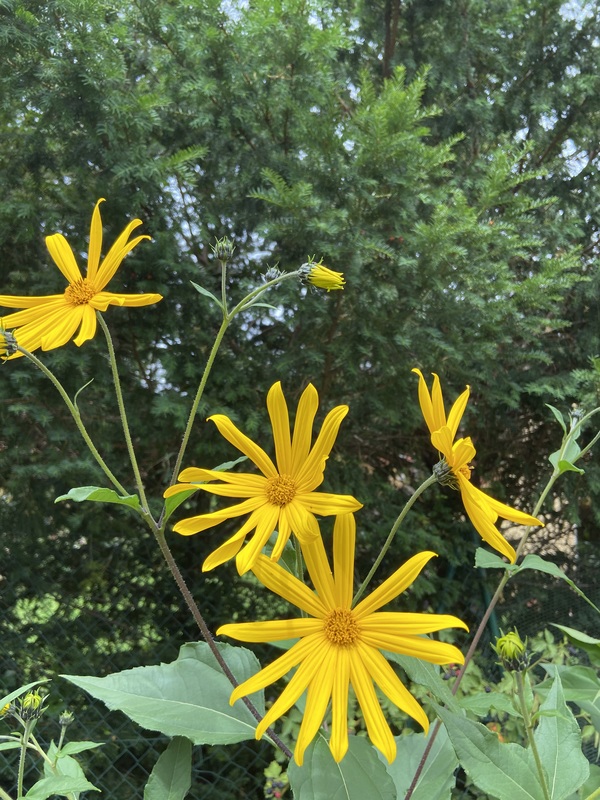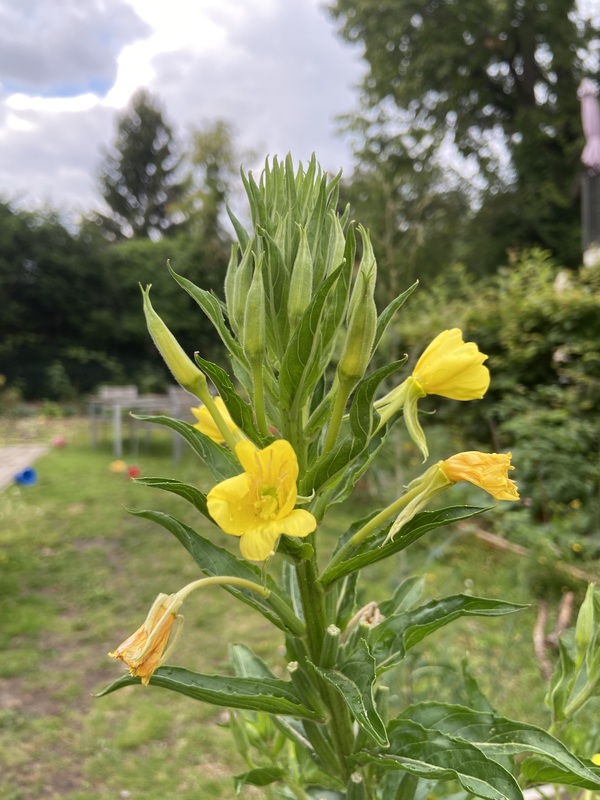Description
Great Burdock (Arctium lappa) is a biennial plant that is native to Europe and Asia. It belongs to the family Asteraceae, which includes around 1,600 species of plants.
Great Burdock is a tall, imposing plant, known for its large, thistle-like leaves and purple, spherical flowers. The plant has a stout, upright growth habit and can reach a height of up to 6-8 feet. The leaves are large, heart-shaped, and covered in fine hairs, and the flowers are clustered in elongated spikes at the ends of the stems.
To grow Great Burdock successfully, it is important to choose a location with well-drained, fertile soil and full sun or partial shade. The plant is tolerant of a wide range of soil conditions, but prefers moist, slightly acidic soil. Great Burdock can also be grown in containers, and will benefit from regular watering and fertilization. The plant is relatively easy to grow and requires little maintenance, but can be susceptible to pests and diseases, such as slugs and fungal infections.
Great Burdock is not edible, and the leaves and roots of the plant contain toxic compounds that can cause irritation and allergic reactions in some people. However, the plant has a number of other uses, including medicinal and horticultural applications. The roots of the plant are high in nutrients, and are often used as a natural fertilizer for plants. The leaves can also be used to make a medicinal tea, and have been used to treat a variety of ailments, including wounds, bruises, and respiratory disorders.
Great Burdock is also a valuable food source for many types of wildlife, including bees, butterflies, and other pollinators. The flowers attract a wide range of insects, and the leaves and roots are eaten by animals such as rabbits and deer




